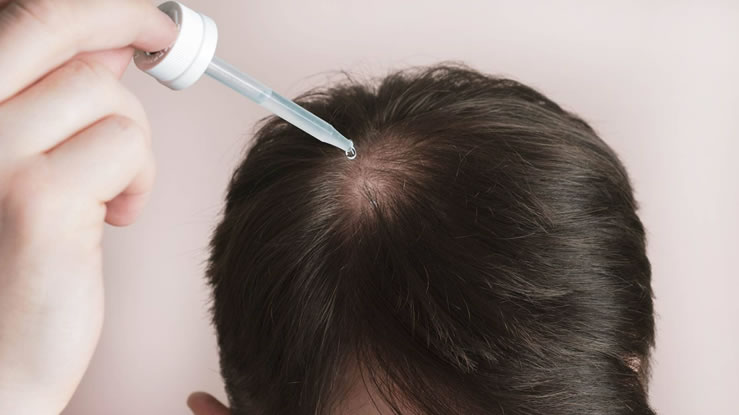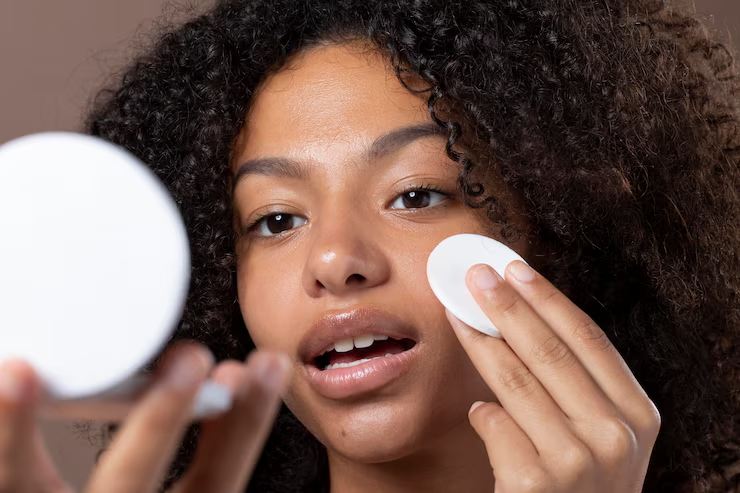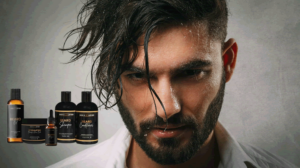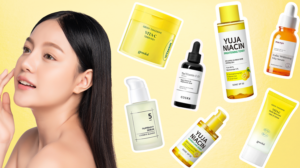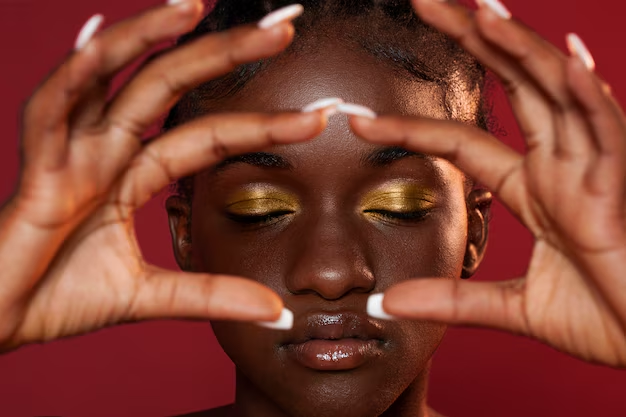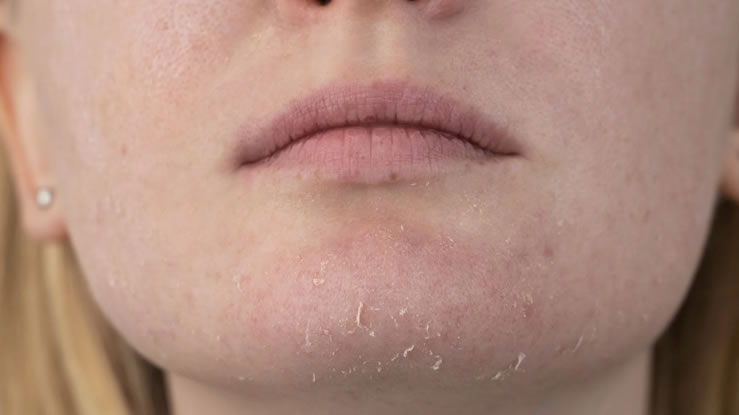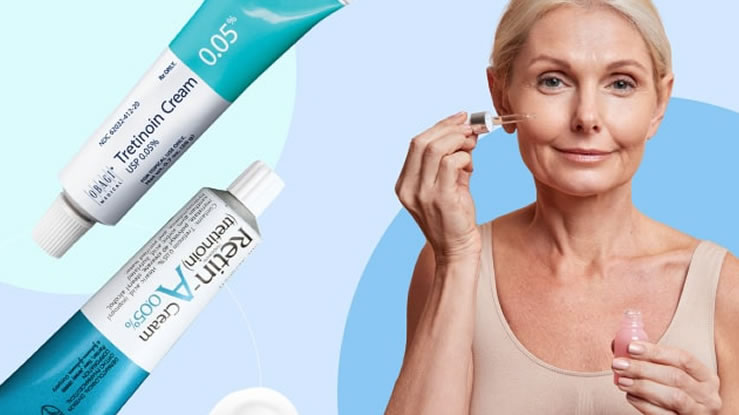Topical minoxidil is one of the most popular treatments for hair thinning and baldness. Millions of people use it worldwide because it has been proven to help regrow hair in many cases. While it is widely considered safe, it is not free of risks. Some people experience mild discomfort, while others face more serious reactions.
Understanding the side effects of topical minoxidil is essential before starting treatment. This guide explores the most common and major reactions, why they occur, and what you can do if you encounter them.
Why Side Effects Happen with using Topical minoxidil
Minoxidil works by improving blood flow to hair follicles and extending the growth cycle of hair. But when applied to the scalp, it is absorbed into the skin, and a small amount can enter the bloodstream. This can sometimes lead to unintended effects.
Reactions vary from person to person. Genetics, skin sensitivity, dosage, and overall health all play a role in how someone responds.
Common Side Effects of using Topical minoxidil
The majority of people using topical minoxidil report mild and temporary reactions. These often occur in the first weeks of use and may ease with time.
-
Scalp irritation: Burning, redness, or itching are the most frequent complaints.
-
Dryness and flaking: The alcohol content in the solution can dry out the skin, causing dandruff-like flakes.
-
Temporary shedding: Many people notice increased hair fall in the first month. This is usually a sign that new growth is pushing out weaker strands.
-
Residue build-up: Especially with foam or solution that does not fully absorb, leaving the scalp greasy or sticky.
While these effects can be uncomfortable, they are generally manageable with proper care.
Read Also>>>Does topical minoxidil really work?
Allergic Reactions with using Topical minoxidil
Some users experience allergic responses to ingredients in topical minoxidil. This may not always be from minoxidil itself but from other substances in the solution such as propylene glycol.
Symptoms of an allergic reaction include:
-
Severe itching
-
Swelling or redness spreading beyond the scalp
-
Rash or hives
-
Burning sensation that worsens over time
Switching to the foam version, which does not contain propylene glycol, often reduces allergic responses.
Unwanted Hair Growth
One of the unusual side effects of minoxidil is the growth of hair in areas outside the scalp. This can happen if the solution drips onto the face, forehead, or neck. Women sometimes notice fine facial hair along the jawline or cheeks.
The condition is called hypertrichosis. While it is not harmful, it can be distressing. Washing away excess product and applying carefully only to thinning areas can help prevent it.
Cardiovascular Effects
Because minoxidil was originally designed as a medication for high blood pressure, it can sometimes affect the heart and circulation. Although rare, these side effects are more serious.
Reported symptoms include:
-
Rapid heartbeat
-
Dizziness or lightheadedness
-
Chest pain
-
Swelling in hands, feet, or legs due to fluid retention
These effects happen because a small amount of minoxidil can be absorbed into the bloodstream. People with pre-existing heart conditions should consult a doctor before using it.
Headaches and Fatigue
Some users report headaches or feelings of tiredness after applying minoxidil. These are not as common as scalp reactions but may still affect day-to-day comfort. They usually occur if the body is sensitive to changes in blood circulation caused by the drug.
Respiratory Issues
In rare cases, topical minoxidil may cause shortness of breath or difficulty breathing. This side effect is more likely in people with asthma or other respiratory conditions. If it occurs, treatment should be stopped immediately, and medical advice sought.
Severe Skin Reactions
While most skin reactions are mild, some people experience more severe irritation. Signs of a stronger reaction include:
-
Painful burning on the scalp
-
Open sores or blisters
-
Severe flaking that resembles eczema
-
Persistent redness that does not improve
These cases require medical attention. Continuing to use the product under such conditions can worsen the problem.
Psychological Impact
Although not a direct physical side effect, minoxidil use can impact mental well-being. Some users feel anxious if results are slow. Others may worry about long-term dependence since stopping the treatment usually leads to renewed hair loss.
The stress of applying the solution twice daily, along with the fear of losing progress, can add psychological strain.
Who Is Most at Risk for Side Effects of Topical minoxidil?
Not everyone experiences the same level of reaction. Certain groups are more vulnerable:
-
People with sensitive or damaged skin
-
Those with allergies to alcohol-based products
-
Individuals with pre-existing heart conditions
-
Pregnant or breastfeeding women, since safety has not been established
-
Children and adolescents, as it is not approved for their use
Being aware of these risks helps guide safe use.
Managing Scalp Irritation
For many users, irritation is the biggest drawback. Simple adjustments often help:
-
Switching from solution to foam can reduce dryness.
-
Using a gentle shampoo and conditioner can soothe the scalp.
-
Applying moisturizer after minoxidil dries may reduce flaking.
-
Ensuring correct dosage prevents excess absorption and residue.
If irritation persists, consulting a dermatologist is the safest approach.
Identifying Dangerous Reactions
Mild irritation is common and usually manageable. But certain symptoms should be treated as red flags:
-
Severe chest pain
-
Rapid or irregular heartbeat
-
Shortness of breath
-
Fainting or extreme dizziness
-
Swelling in the face or extremities
These reactions are rare but require immediate medical attention.
Interaction With Other Products
Minoxidil is often combined with other treatments, but this can increase risks if not done carefully. For example:
-
Using harsh hair dyes or chemical relaxers may worsen scalp irritation.
-
Combining with oral minoxidil or blood pressure medications increases cardiovascular risks.
-
Certain topical treatments like corticosteroids may interact poorly.
A doctor’s advice helps ensure safe combinations.
Long-Term Use and Safety
Since minoxidil must be used continuously to maintain results, long-term safety is a common concern. Studies suggest that most people tolerate it well over years of use. Still, ongoing monitoring is recommended, especially for those who develop cardiovascular symptoms.
Stopping treatment usually causes hair to revert to its pre-treatment state. This dependency can make side effects harder to accept for some users.
What to Do if Side Effects Occur
If side effects appear, the best course of action depends on severity:
-
Mild irritation: Adjust application method, switch to foam, or use scalp-friendly products.
-
Moderate discomfort: Consult a dermatologist for advice on continuing or reducing dosage.
-
Severe reactions: Stop use immediately and seek medical help.
Being proactive often prevents minor issues from becoming serious problems.
Weighing Benefits Against Risks of Topical minoxidil
The effectiveness of topical minoxidil is well-documented. It helps many people slow down hair loss and regrow hair. Yet, like all medical treatments, it comes with risks. For some, the benefits outweigh mild side effects. For others, the potential for irritation or cardiovascular concerns may not be worth it.
A personal approach, guided by medical advice, is the most reliable way to decide.
Topical minoxidil is one of the most trusted treatments for hair loss, but it is not free of side effects. Most reactions are mild, such as scalp irritation, dryness, or temporary shedding. Rarely, more serious issues like heart-related symptoms or severe skin reactions can occur.
Knowing the risks before starting allows you to make an informed choice. For many, the promise of regaining fuller hair outweighs the challenges. With medical guidance and proper care, most side effects can be managed while still enjoying the benefits of treatment.

